From being invented as a personal communication channel in the late 1970s to impacting about $10 billion in revenue worldwide in 2023, emails have come a long way.
With returns on investment from email marketing campaigns going as high as 4100% ($41 back for every $1 spent), it must be admitted that emails and email marketing have fundamentally changed how businesses sell and how people buy.
If you’re an ecommerce business owner, this is great news.
Because not only can ecommerce email marketing change how you market your product or service, but it can also help you grow and scale your business affordably.
Whether you’re wondering how to run your first set of successful ecommerce email marketing campaigns or how to optimize your existing ones profitably, this guide will guide you through the process.
Let’s get started, shall we?
Email Marketing Benefits for Ecommerce Businesses
Before we get into the details, here are some unquestionable pros to running a fully optimized ecommerce email marketing funnel for your business:
- Increases customer interaction and engagement;
- Improves customer relationships;
- Enhances customer retention;
- Promotes customer relationship building and hence loyalty;
- Boosts traffic, conversions, sales, and revenue;
- Reduces customer acquisition costs (CAC);
- Optimizes chances of repeat purchases, upsells, down sells, and hence customer lifetime value (LTV);
- Increases the return on investment (ROI) and overall profitability.
So, not only will ecommerce email marketing bring in sales, revenue, and profits, but it will also do that at a very low cost compared to other traditional and digital marketing methods.
The 5 Highly Profitable Principles of Building an Email List
The success of your ecommerce email marketing strategy will always depend upon your ability to build a high-quality email list.
Email list building refers to the process of gathering email addresses from your online store visitors who would like to hear more from you about topics that interest them. As with every other thing out there in the world, there are both good and bad ways to do this.
Here are some foundational principles for list building that will help you get qualified, super-interested subscribers on your list real quick:
1. Offer a Relevant Lead Magnet
A lead magnet is any resource a business offers in exchange for obtaining the prospect’s email address. Your lead magnet must offer an enticing benefit or solve a specific pain point for your prospect. You may even use lead magnets to get existing customers to opt into different campaigns.
Research your target audience deeply enough before you even start ideating a lead magnet for them. This will ensure that it is both useful and desirable, as well as actually valuable, and give your prospect the feeling that you can solve bigger problems too.
Some great examples of lead magnets for ecommerce businesses include instant discount code offers, free shipping coupons, exclusive gifts, free samples, and more.
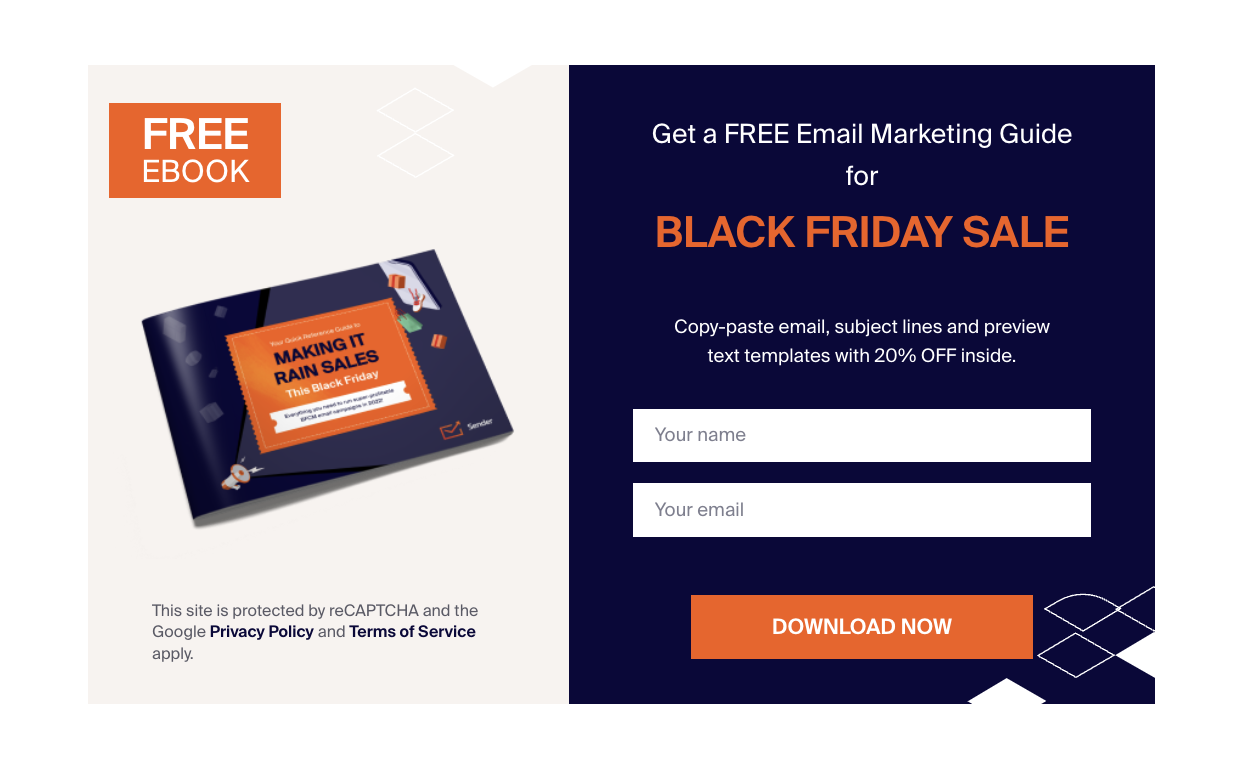
Image Source: Sender
2. Permission-Based Marketing Only
Never buy, exchange, or trade lists. As a rule, only add those visitors to your email list who have willingly opted to receive communications from you.
When you get permission from a prospect to contact them via email, you are able to build trust and credibility with them. This also increases the likelihood of them becoming paying customers in the near or distant future.
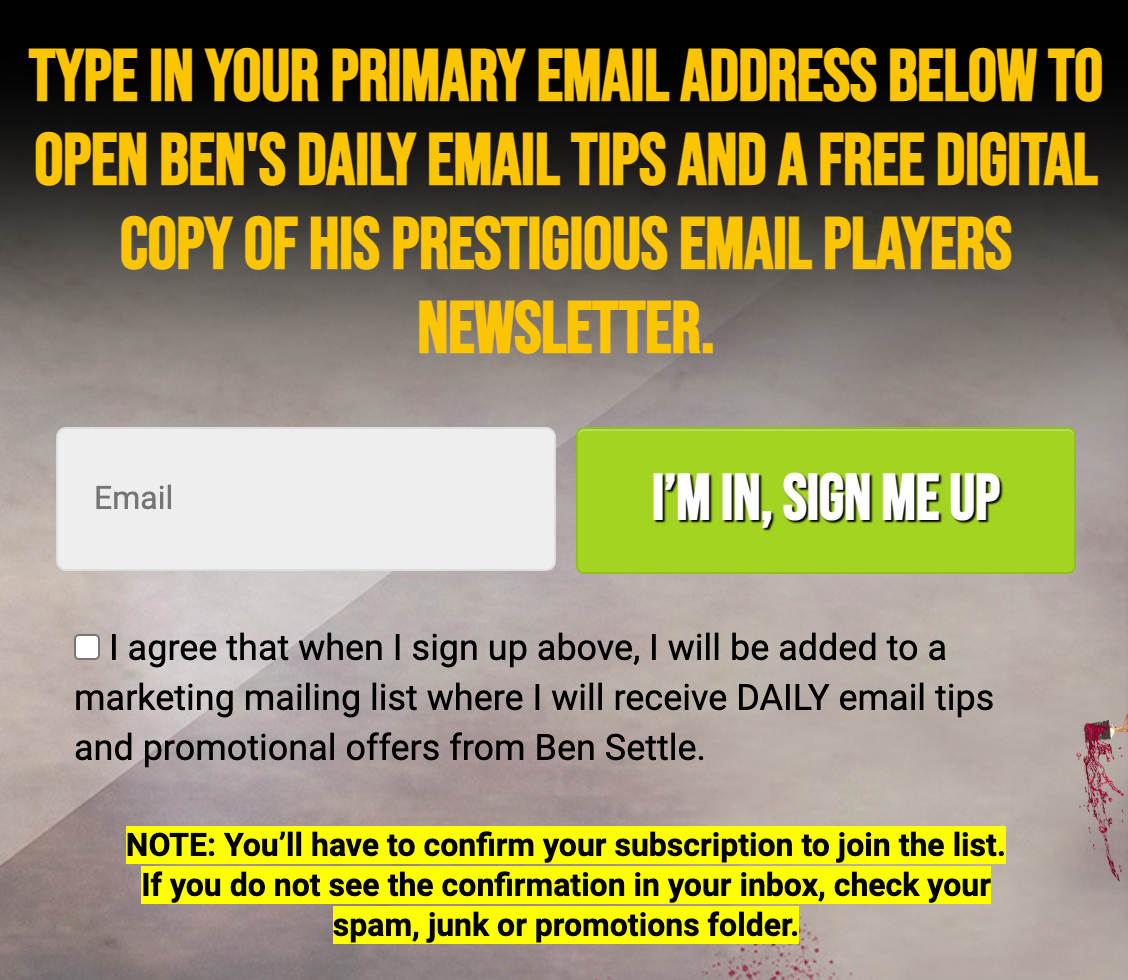
Image Source: Ben Settle
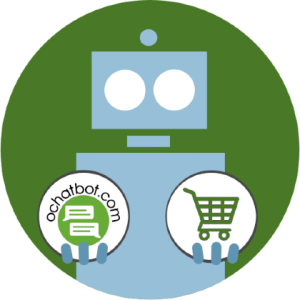
Generative and Scripted AI to engage shoppers in conversational eCommerce.
Create happy customers while growing your business!
-
1 out of 4 shoppers make a purchase on average*
-
5% to 35% Increase in AOV*
-
25% to 45% Reduction in Support Tickets
WE GUARANTEE RESULTS!
3. Get Innovative with Popups & Forms
A lot of people are just tired of being targeted and sold to online all the time. But not if you can keep things interesting and fun.
If using forms, use colorful and fun language to grab their attention and hold their interest using great copywriting that leverages humor.
If using popups, go with spin to win popups that gamify the whole list-building process by leading the visitor through a game-like, interactive experience. Here, visitors are presented with a virtual wheel that they can spin to win prizes or discounts. Spin-to-win pop-ups rotate and randomly land on a reward or offer section when a visitor interacts with them.
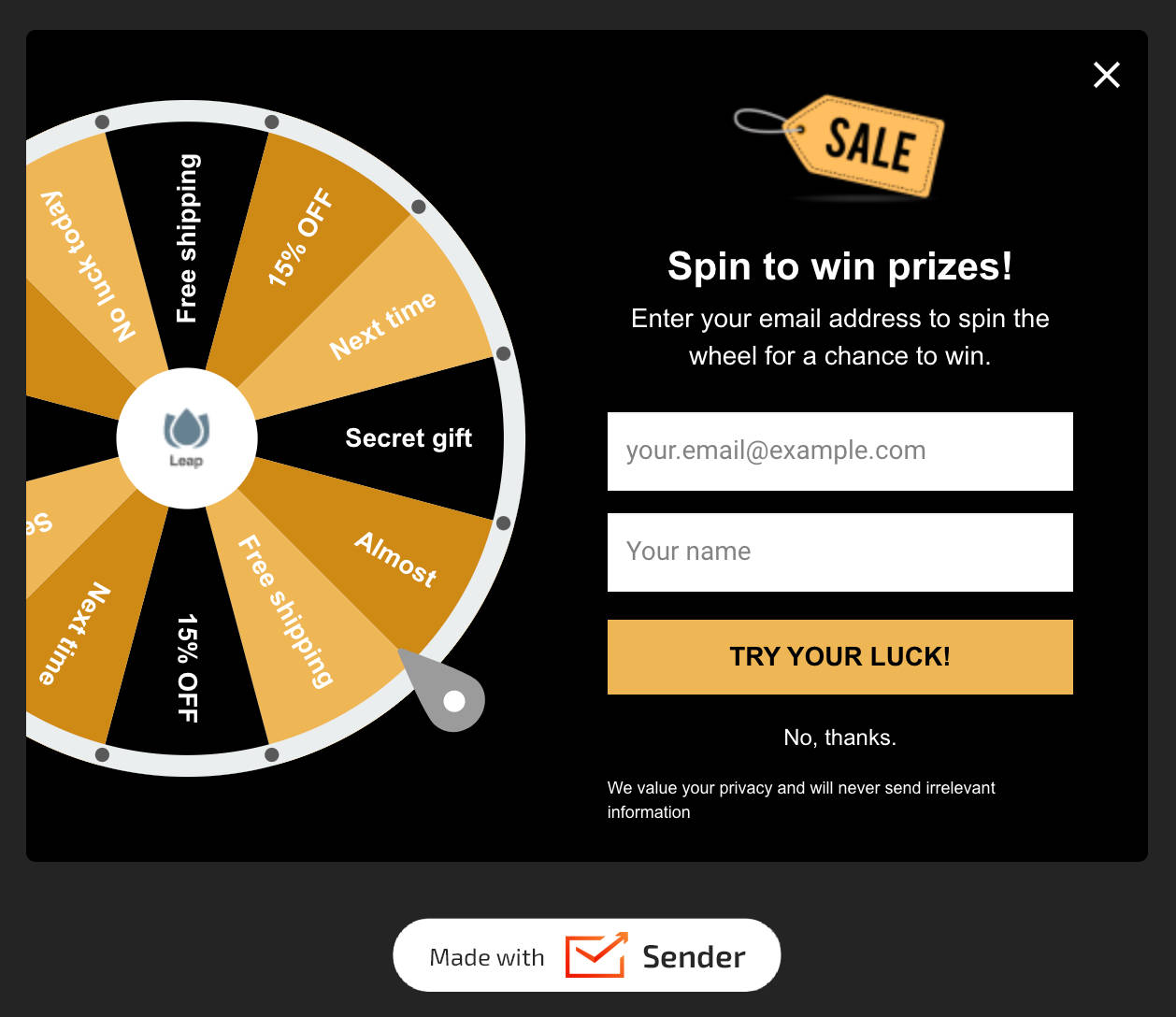
Image Source: Sender.net
Spin-to-win popups are designed to engage visitors, add an element of fun and excitement, and incentivize them to take desired actions such as making a purchase, subscribing to a newsletter, or sharing the website with others.
4. Use Compelling Copy in Your Opt-in Forms
Use direct response principles to write simple yet highly compelling messaging that persuades readers of the benefits and value they will receive by joining your email list.
You can either expand on the problems you can help them solve through your lead magnet or adopt benefit-driven messaging to appeal to your visitor’s sense of self-interest.
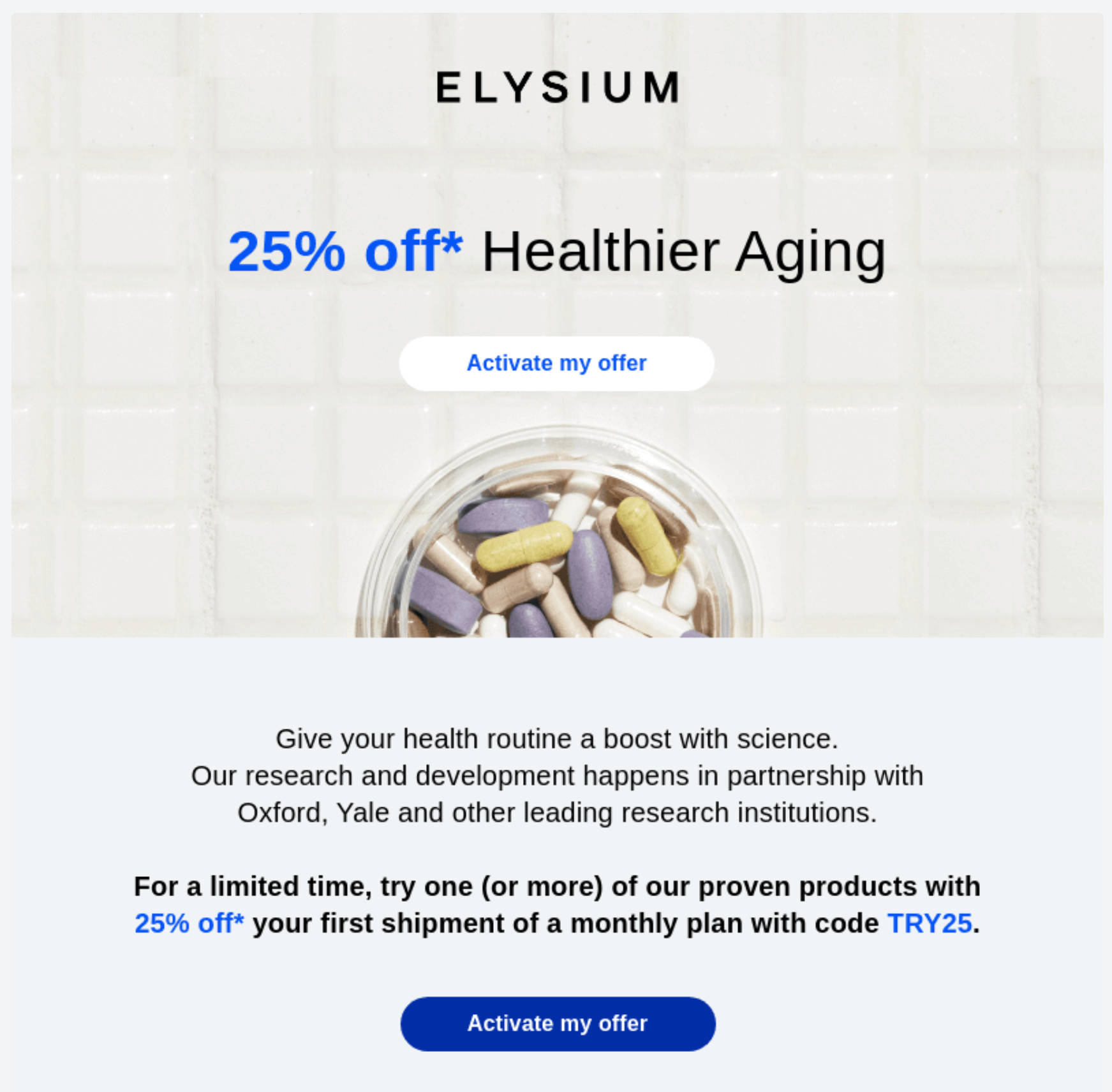
Image Source: Elysium Health
Use powerful psychological triggers, such as scarcity, urgency, or a sense of exclusivity, to raise the value and increase the likelihood of immediate action.
5. Keep it Mobile-Friendly
Since most of your traffic will likely come from mobile phones and smartphones, keeping your opt-in forms and landing pages mobile-friendly can ensure a great user experience for your potential customers, increasing sign-ups.
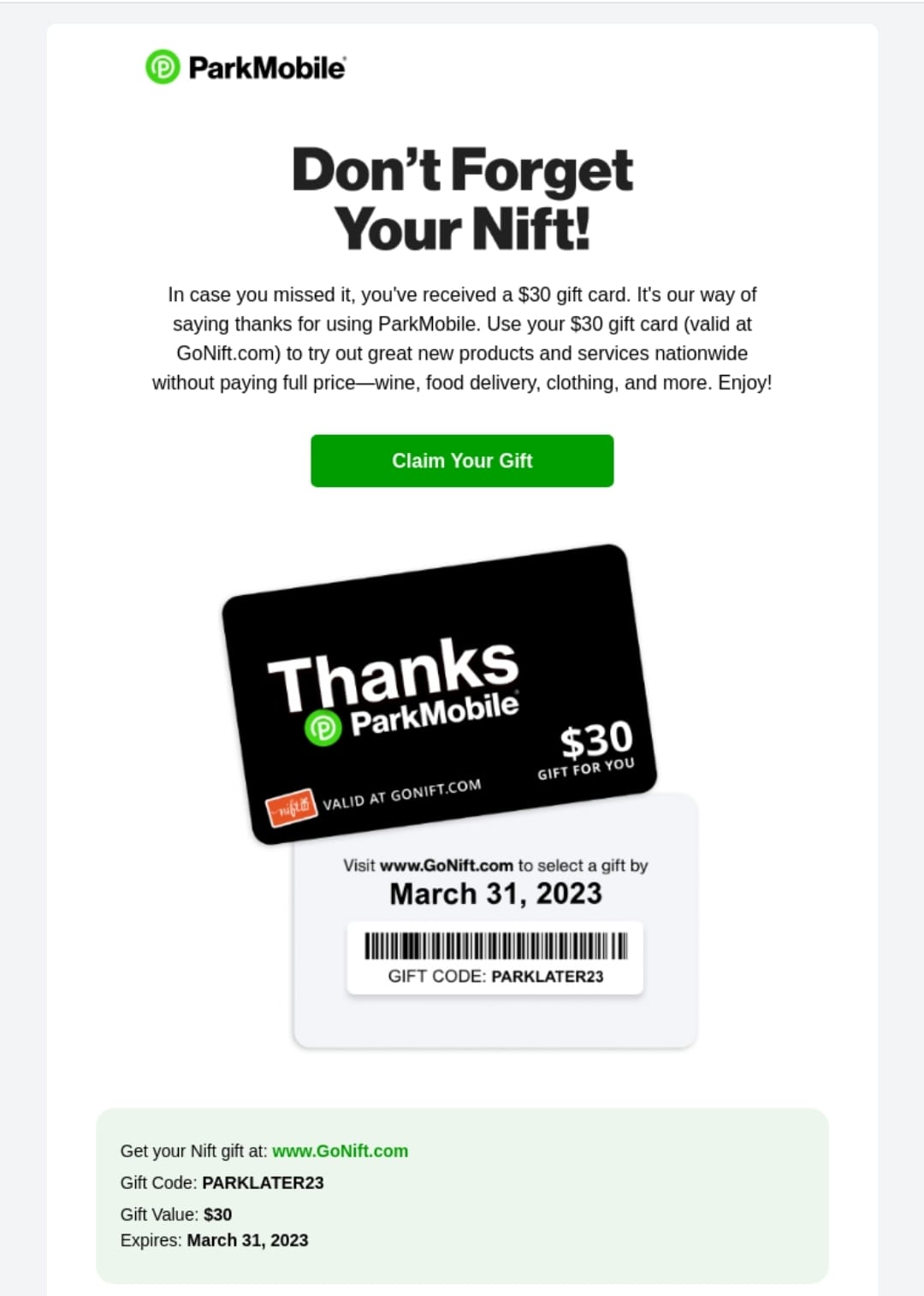
Image Source: Park Mobile
Last but not least, focus on quality over quantity. A high-quality list can generate revenue many times over burner lists. Also, list building is a process and will take time. So, on the one hand, continue building your list while, on the other nurturing relationships with your list members.
With your email list-building strategy taken care of, here are some key and foundational aspects to help you churn out highly effective and profitable email campaigns for your ecommerce business.
9 Principles of Highly Effective Ecommerce Email Marketing
Email marketing does not have to be complicated or even difficult. Here are some principles to make ecommerce email marketing worth your time and effort:
1. Set Concrete Goals
Do you want to increase website traffic for a particular campaign or boost sales and revenue for your newly launched product? Also, whom will you target — new signups or older, more loyal customers with higher frequency spends?
Setting clear and specific goals for each email campaign well in advance is the first step to a successful ecommerce email marketing campaign.
Not only does having a clear goal clarify your messaging and call to action inside your emails, but it also makes your campaign measurable and accountable.
2. Unleash Powerfully Persuasive Subject Lines
Whether you are selling a $47 info product or a $1497 mastermind training program, your email needs to get opened first for sale click to happen. And to get opened in an inbox full of other emails vying for the prospect’s attention, your subject line has to stand out.
Promise an enticing and juicy benefit to appeal to your reader’s interests or poke a pain point you know they have been trying really hard to solve.
Use blind curiosity subject lines with extreme caution as they may damage your credibility and trust if repeatedly used over an extended period of time.
For instance, “Limited Time Offer: 70% Off Your Favorite Range!” or “Your Exclusive VIP Access to our Brand New Collection Inside.”
A strong subject line increases open rates and sets the tone for engagement.
3. Segment & Target Strategically
Everyone is at a different stage of their buying journey, also people may be buying different things for differing reasons. So both your messaging and targeting should take this into account.
Never broadcast a single email across to your entire list. Segment your email list into small groups of like users based on demographics, purchase history, or preferences.
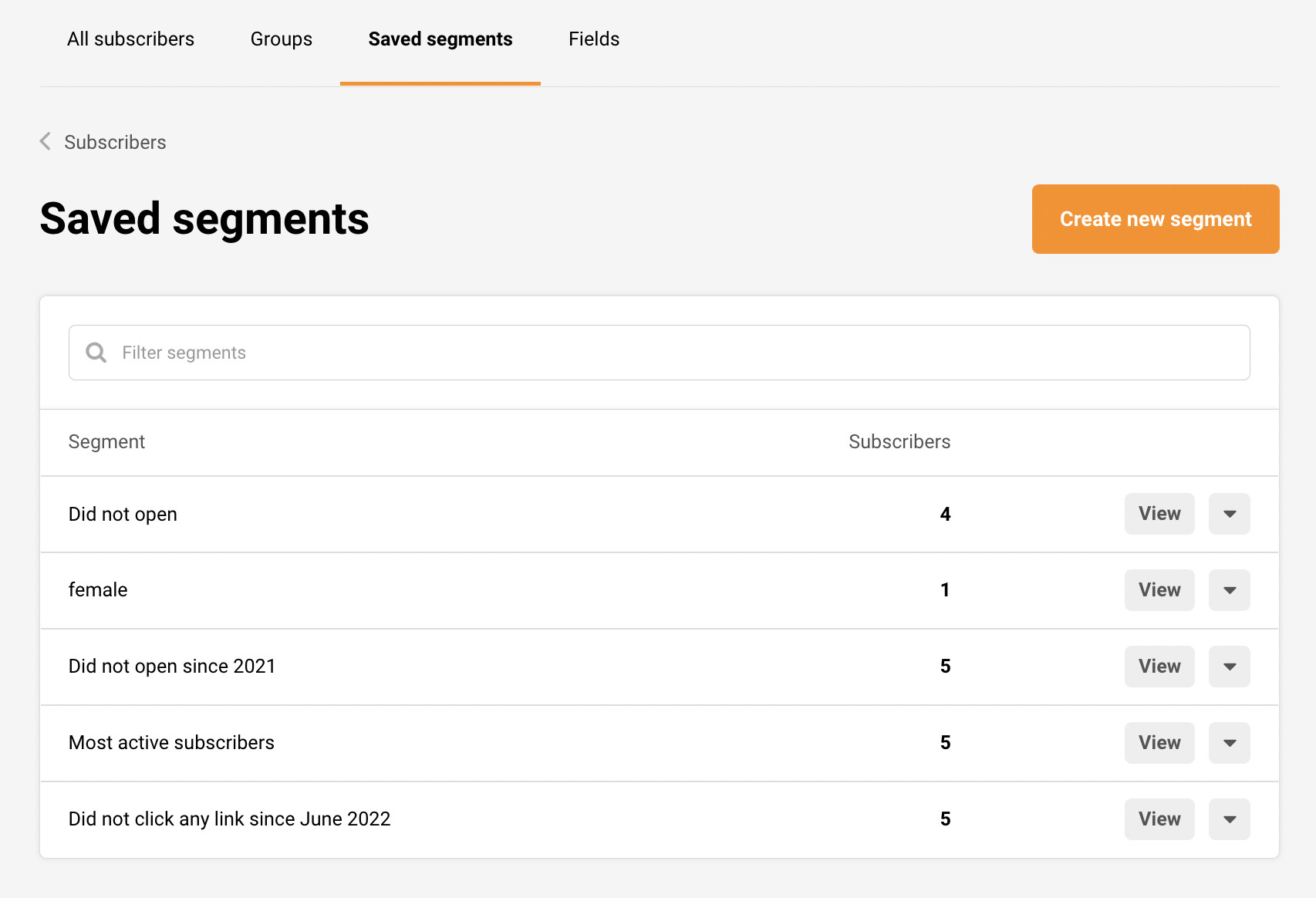
Image Source: Sender
For example, an ecommerce store selling clothes might want to demographically segment its list into different consumer groups, such as millennials, generation X and baby boomers, and then run separate campaigns and custom offers for each group, making it super relevant for each reader.
4. Create a Compelling Copy
Come up with engaging email copy that not only grabs the readers’ attention but also compels them to take immediate action.
Email copywriting is a mix of direct response techniques that include persuasive language constructs, storytelling blocks, crystal clear call to action (CTA) elements, and psychological triggers such as scarcity, urgency, exclusivity, and more.
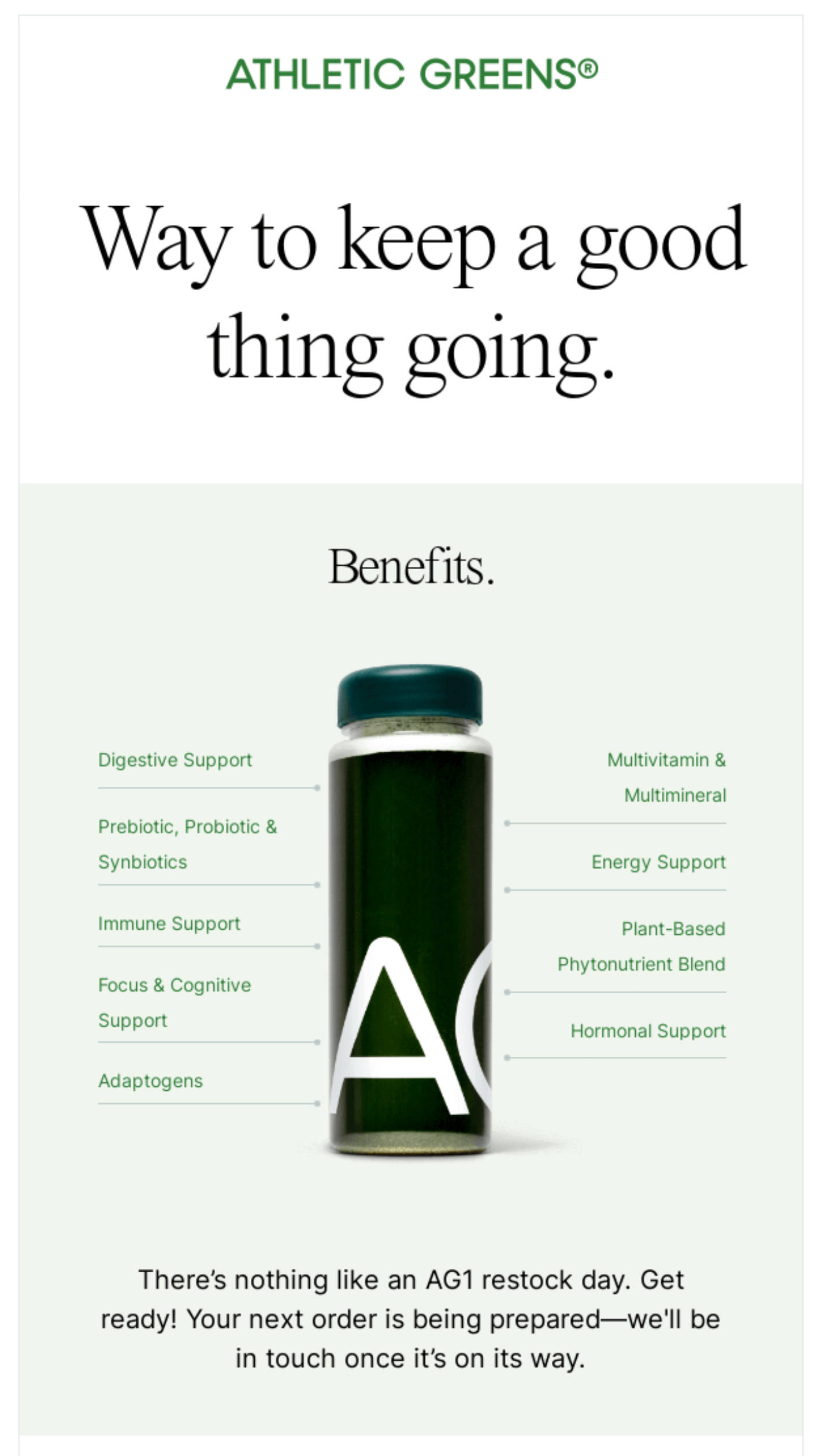
Image Source: Athletic Greens
5. Forge Personal Connections with Personalization
Most email marketing software platforms will allow you to add an element of personalization to your email’s subject lines and content body.
With personalization, businesses can make their messaging more relevant and engaging to individuals or groups of prospects.
One of the ways to execute personalization tactics would be to send customers emails based on their recently browsed or last bought historical data. For instance, if someone shopped for running shoes, you can email them cross-selling the latest running apparel or socks.
The simplest form of personalization would be to address the prospect by their first name in the email’s subject line, headline, or body content. This creates a sense of bonding by making it appear as if the email was written specifically for them.
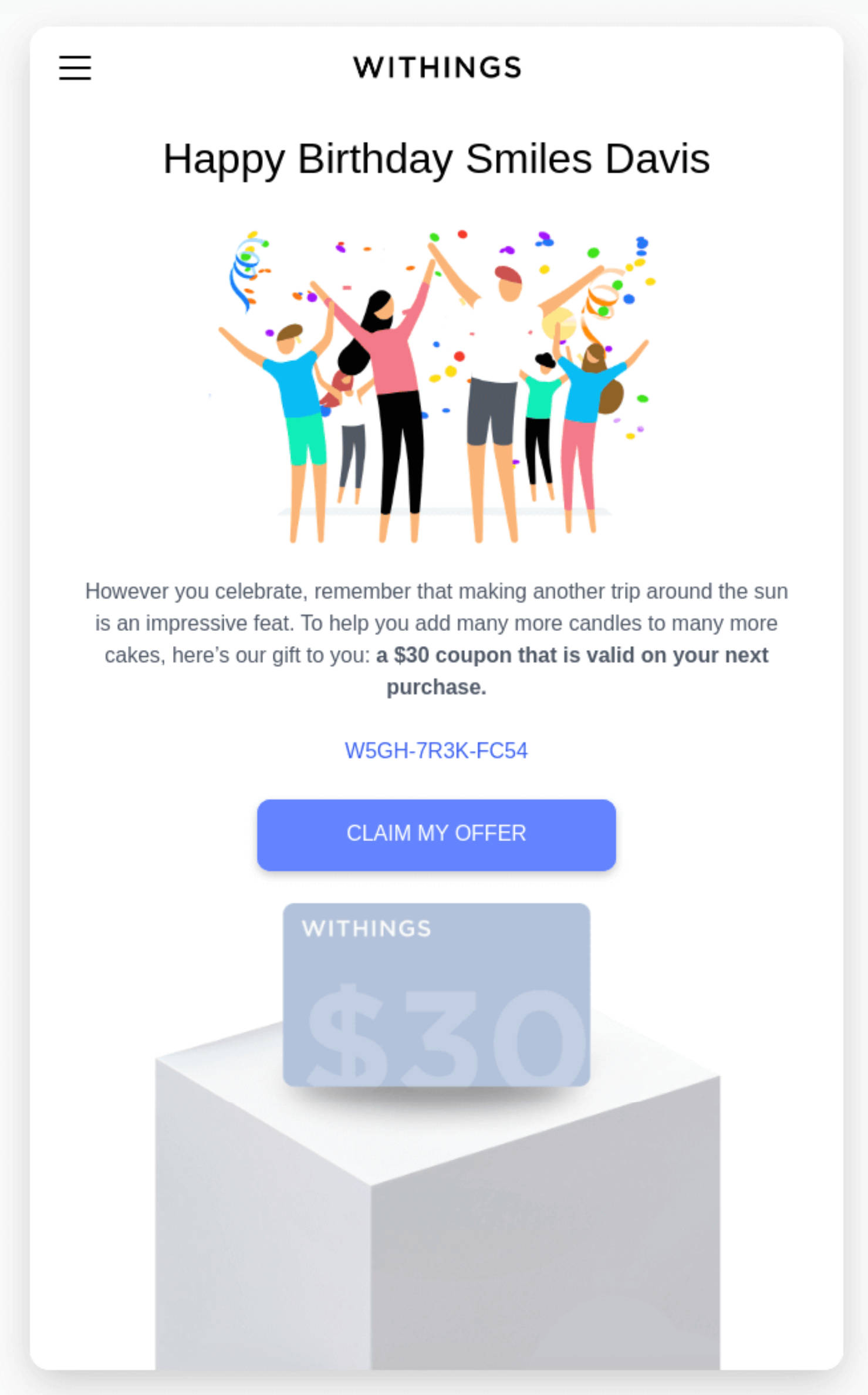
Image Source: Withings
6. Harness the Power of Automation
Email automation is when subscribers use specific triggers or actions to fire fully automated email sequences. Automation allows you to send highly relevant and precisely timed messages that educate, nurture and convert prospects into valued customers over time.
Examples of automation workflows include welcome email series, abandoned cart reminders, post-purchase follow-up emails, and winback campaigns.
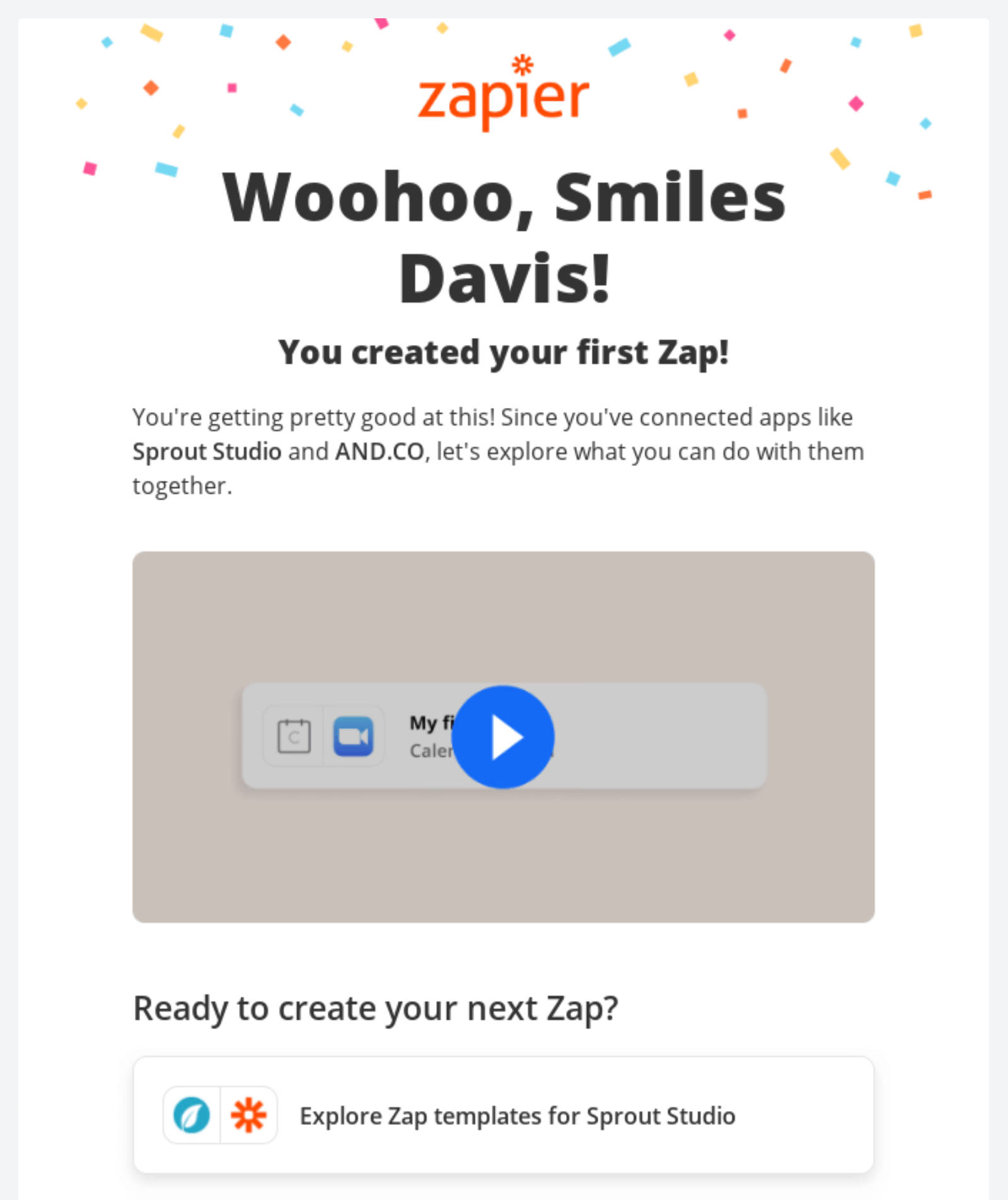
Image Source: Zapier
Welcome emails are automated emails sent to new email subscribers and signups to greet, thank, and introduce your brand. Abandoned cart reminders are messages sent to remind customers about any items left in their ecommerce carts and encourage them to complete their purchases.
Post-purchase emails are sent following a purchase to thank the customer, provide order specifics, ask for feedback, and even upsell or cross-sell similar or related items. Finally, winback campaigns are those that aim to re-engage inactive subscribers and encourage them to start responding again.
7. Design Visually Captivating Emails
When it comes to ecommerce, looks definitely matter. We are talking about the product and the promotional emails pushing it.
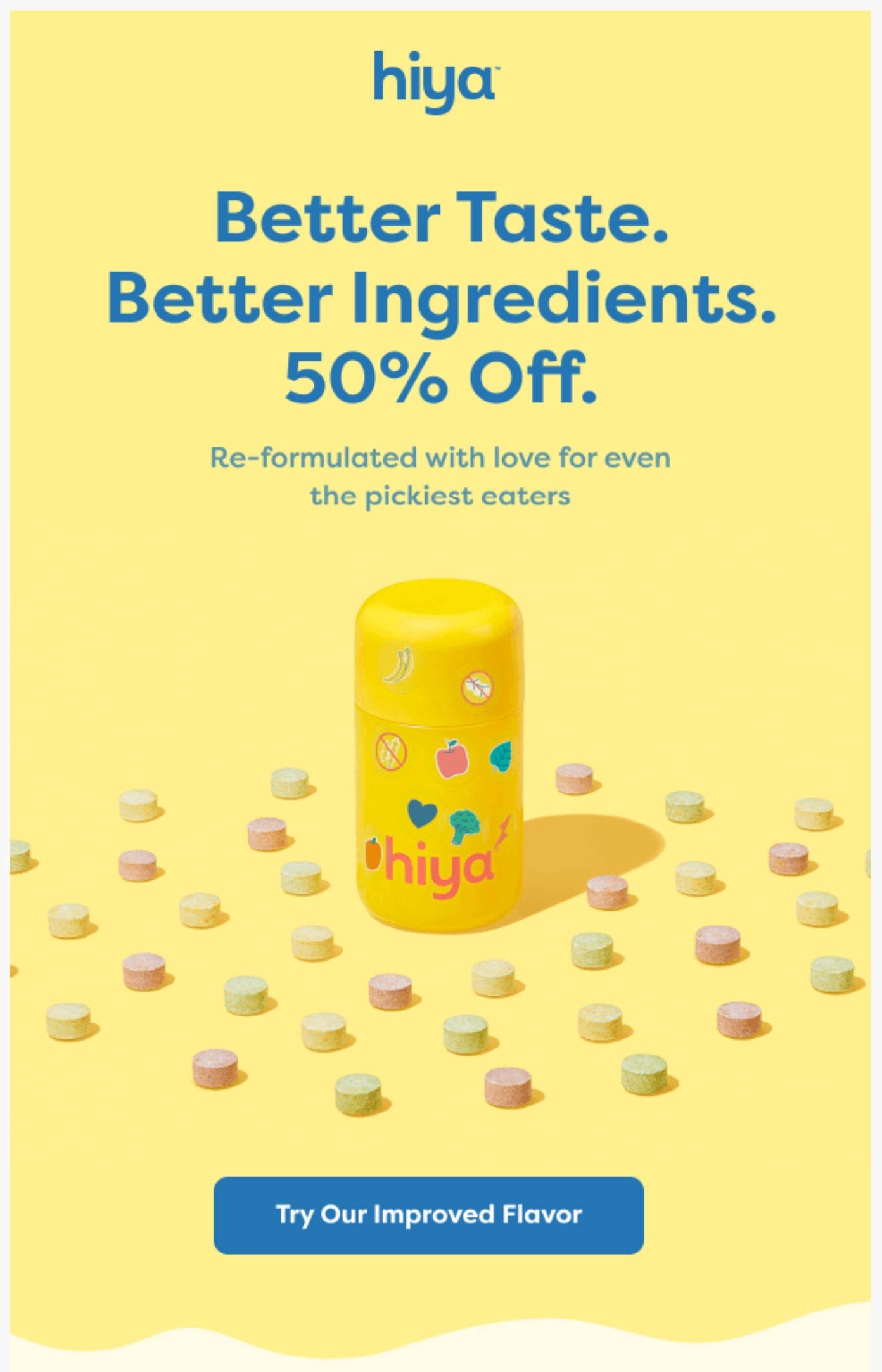
Image Source: Hiya
Always aim to design visually attractive emails that also align with your brand aesthetics and values. Use high-quality images, highly readable typography types and sizes, sharp and purposeful graphical elements, clean and organized layouts, and responsive designs.
8. Infuse Strong Branding
Ensuring consistent branding in your ecommerce email marketing is vital to transforming hordes of visitors into rabid and loyal customers.
Maintain uniformity in using brand elements such as colors, fonts, and logos throughout your emails to reinforce a strong sense of visual brand recall.
Use branded templates, including custom headers, footers, and more, to fully reflect your brand aesthetics and visual layout styles.
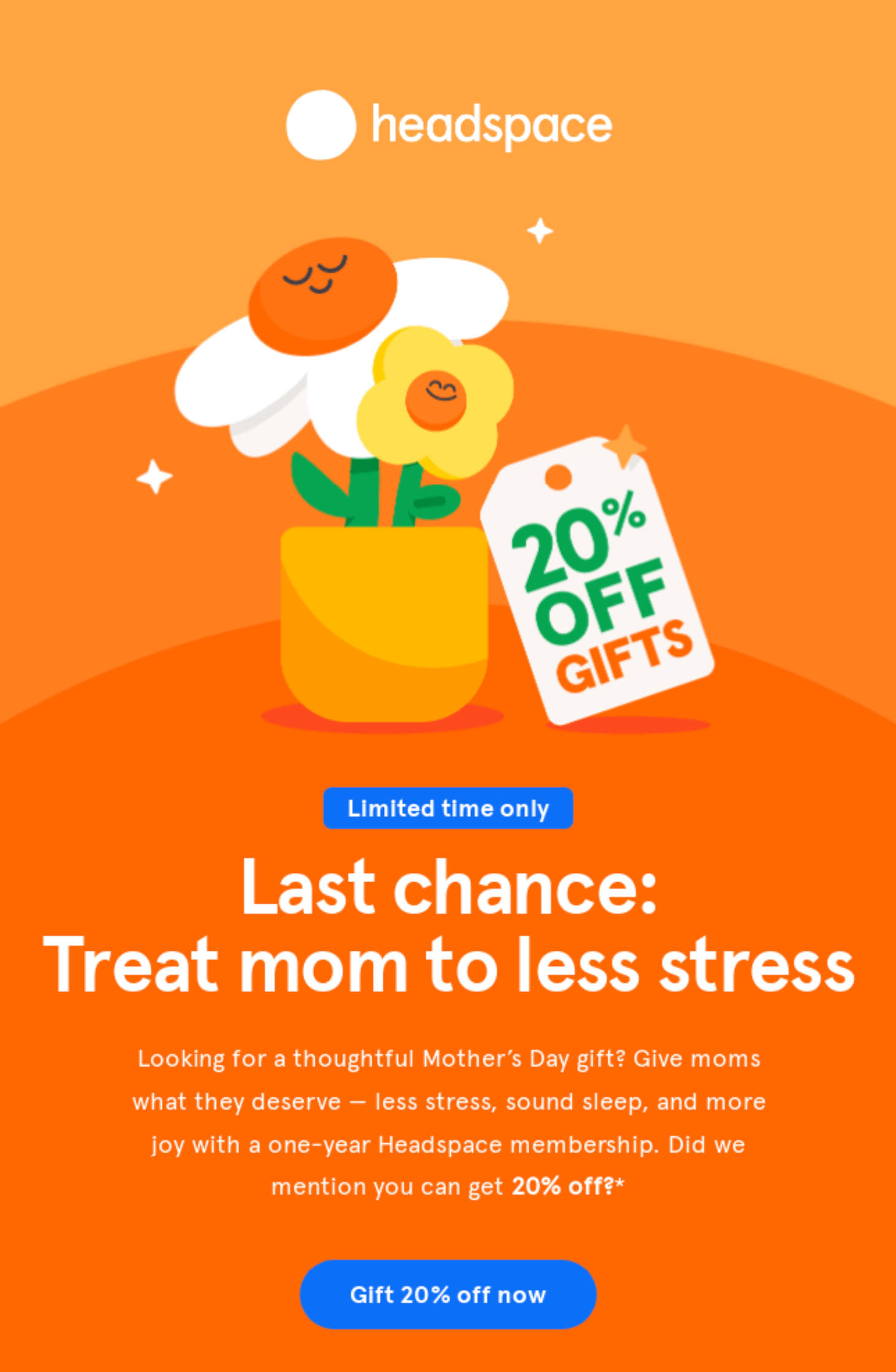
Image Source: Headspace
Last but not least, it doesn’t matter whether your brand voice and tone are back slap friendly, professional, and uptight, or playfully entertaining, maintain it over time to create powerful brand experiences.
9. Analyze Performance Metrics
What you measure is what you can improve. Therefore, recording and analyzing key ecommerce email marketing metrics, including but not limited to open rate, click-through rate (CTR), and revenue generated, are key to making data-driven decisions.
Almost every decent email marketing tool will provide reports and analytics for your campaigns, and continuously improving these metrics could lead to winning campaigns.

Image Source: Sender
You may also conduct A/B testing to refine elements such as subject lines, CTAs, and even email body content messaging.
Conclusion – Email Marketing & Ecommerce
Implementing effective email marketing strategies is paramount for the success of ecommerce businesses in 2024.
We discussed and put the spotlight on some key ecommerce email marketing principles and best practices, such as setting clear goals, leveraging automation, designing visually captivating emails, infusing strong branding, and analyzing performance metrics.
By making these an integral part of their ecommerce email marketing strategies and tactics, businesses can build meaningful relationships with their audience, drive engagement, and increase sales and overall profitability.
Skirmantas Venckus
Guest Writer
Skirmantas Venckus is a writer by day and reader by night. He hates talking about himself in third person. He is also the growth hacker at Sender.net – the email marketing provider that is focused on user-friendliness, affordability, and utility.
- The Rise of Intelligent Websites - February 19, 2025
- Top Trending Products to Boost Your Shopify Store in 2024 - September 4, 2024
- AI Terms Glossary: Key AI Concepts You Should Know - August 22, 2024

